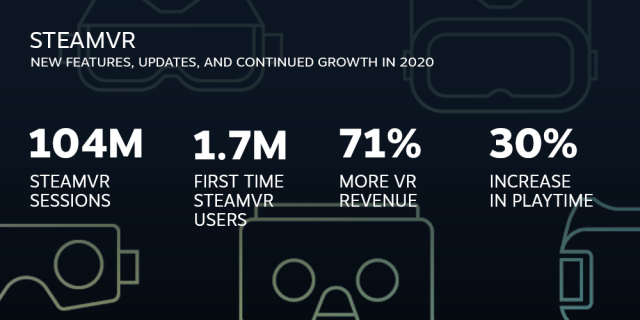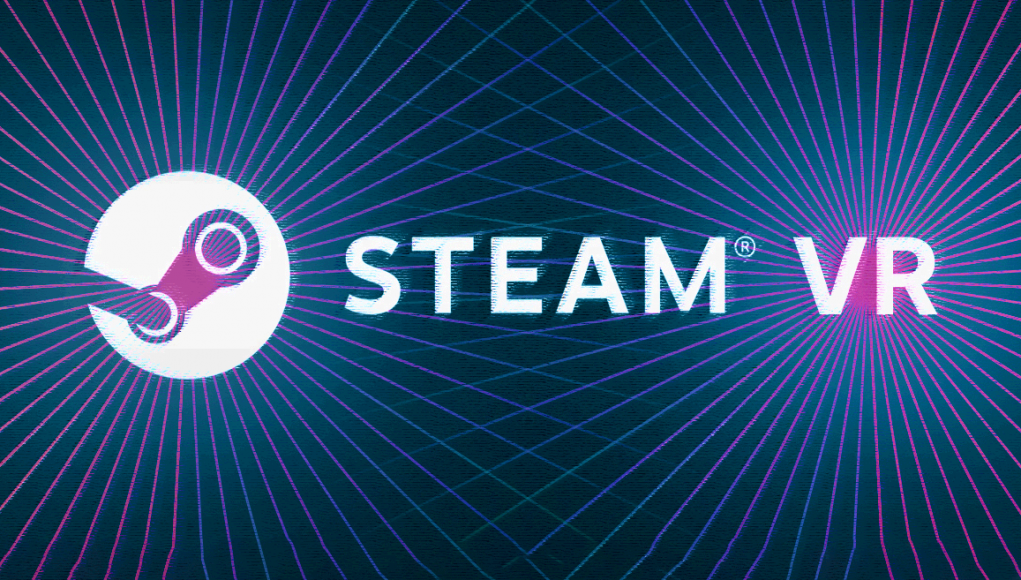Valve today shared a handful of new stats revealing the growth of VR on Steam over the course of 2020.
In an 2020 year-in-review recap of Steam, Valve took note of SteamVR’s growth over the last year.
The company said that Steam saw 1.7 million users experience a VR game for the first time in 2020, while SteamVR users overall jumped into more than 104 million VR sessions.
Playtime increased as well, Valve said. VR sessions on Steam in 2020 have averaged 32 minutes, which the company said represents a 30% increase over the year prior.
Perhaps most interestingly, the company said that VR game revenue grew by 71% on Steam in 2020, with a whopping 39% of that coming directly from Half-Life: Alyx—further cementing the game’s mark on the industry.

Valve didn’t share any sales figures for its Index headset, but said demand was “consistently high” throughout the year, and noted that it had struggled to keep up with demand until late 2020.
– – — – –
While these stats represent a look into only the Steam portion of the VR landscape, 2020 appeared to be a big year across the industry with the launch of new headsets, like Quest 2 and Reverb G2, Beat Saber going double platinum, and Quest 2 exceeding the original Quest’s number of monthly active users less than seven weeks after launch.







